Komae City, Tokyo東京都狛江市
Living in Komae City, Tokyo
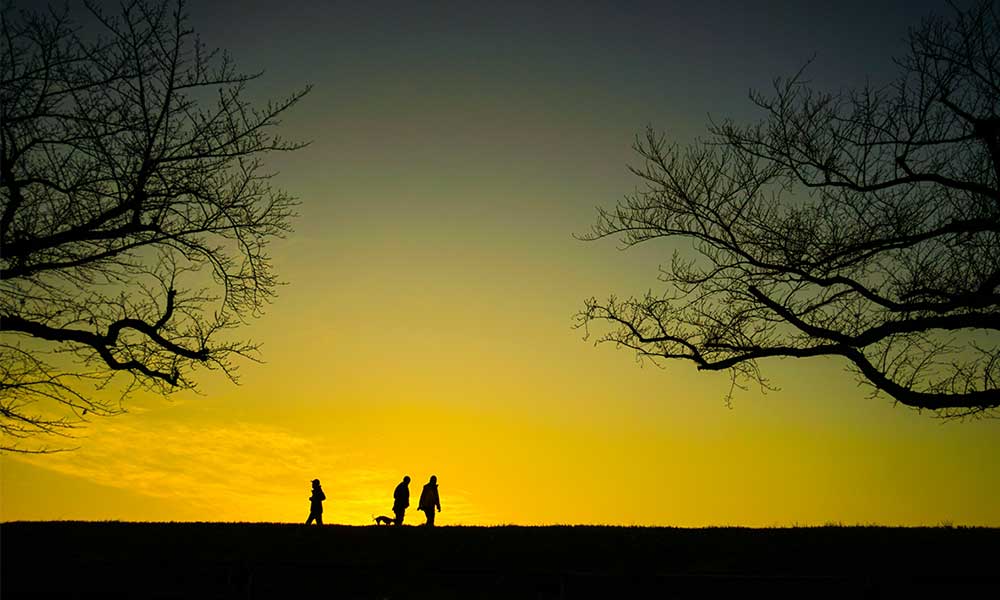
We have Summarized the livability of Komae City, Tokyo.
KITATAMA AREA北多摩地域
-
- TACHIKAWA CITY 立川市
-
- NISHITOKYO CITY 西東京市
-
- MUSASHINO CITY 武蔵野市
-
- HIGASHIKURUME CITY 東久留米市
-
- MITAKA CITY 三鷹市
-
- CHOUFU CITY 調布市
-
- KOMAE CITY 狛江市
-
- KIYOSE CITY 清瀬市
-
- HIGASHIMURAYAMA CITY 東村山市
-
- KODAIRA CITY 小平市
-
- KOGANEI CITY 小金井市
-
- FUCHUU CITY 府中市
-
- KOKUBUNJI CITY 国分寺市
-
- KUNITACHI CITY 国立市
-
- HIGASHIYAMATO CITY 東大和市
-
- MUSASHIMURAYAMA CITY 武蔵村山市
-
- AKISHIMA CITY 昭島市
CONTENTS
- What kind of place is Komae City, Tokyo?
- Komae CityPR video
- How is the traffic situation in Komae City?
- How are the rent and land prices in Komae City?
- How is childcare and education in Komae City?
- How about shopping in Komae City?
- How about jobs and recruitment in Komae City?
- Komae City’s unique subsidy/subsidy system
What kind of place is Komae City, Tokyo?
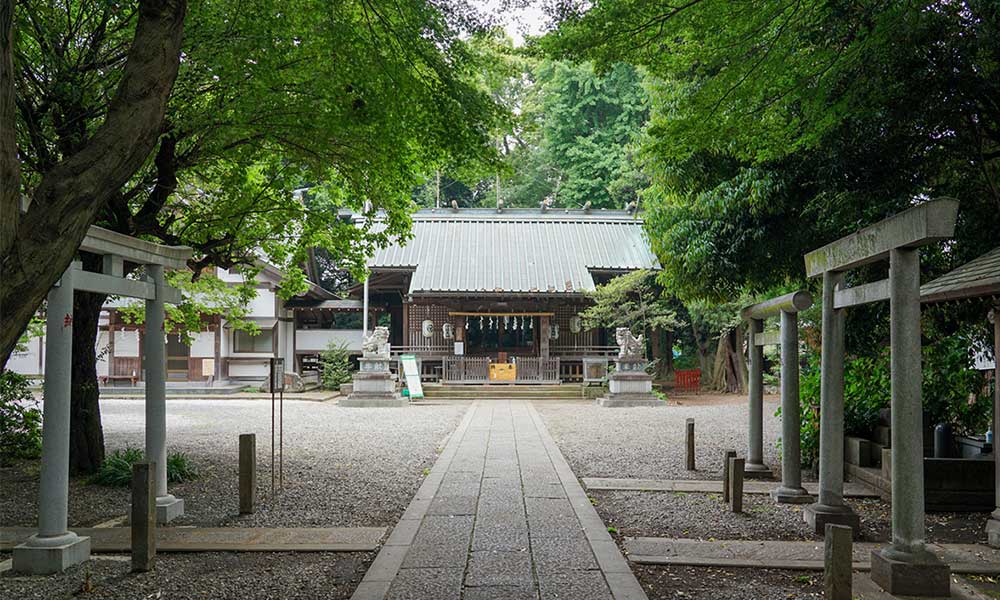
Komae City is a suburban town close to the city center with an attractive living environment and nature.
Komae City is located almost in the center of Tokyo and has an area of approximately 6.39 square kilometers.
It borders Chofu City to the north, Setagaya Ward to the east, and Kawasaki City, Kanagawa Prefecture to the south.
It has a population of approximately 82,000 and approximately 43,000 households. (As of June 2023)
It is located in the southern part of the Musashino Plateau, and most of the city is on a plateau, making it an almost flat terrain.
There are many theories about the origin of the name Komae City, but the most popular one is that the Koreans who came from the Korean Peninsula to live in an inlet were called “Koma,” so the name became “Koma no E,” which became “Komae.” Another is that it was the place where Koreans were naturalized in Japan, so it was called “Koma no Sato” (Koma Village).
Since the Edo period, it has been a peaceful area with farming villages.
Even in the Meiji period, it was a quiet area where only agriculture and ayu fishing in the Tama River were carried out.
In 1889, six villages merged to become Komae Village when the town and village system was implemented.
In the early Showa period, the first railway was opened in this area, and the population began to increase as access to the city center improved.
After the war, the population continued to increase during the period of high economic growth, and in 1970, Komae City was born with the implementation of city system.
Currently, Komae City is a commuter town for the city center, with densely packed residential areas, but it has developed into a pleasant city with plenty of nature remaining.
It is also known as the second smallest city in Japan after Warabi City, Saitama Prefecture, and has the third highest population density in Tokyo.
While there are relatively few large commercial facilities or tourist spots in the city, there are old shrines and historic sites that give a sense of history, which have become the symbol of the city.
Izumi Shrine is located in a residential area about a 10-minute walk from Komae Station.The stone torii gate at the entrance to the approach to the shrine is designated as a cultural asset of the city, and the second torii gate has been selected as one of the three largest torii gates in the Kanto region.
It is famous as a shrine for matchmaking, and is a popular spot visited by many worshippers every day.
In addition, the Kabutozuka Tomb, a Tokyo designated historic site, is located in the vicinity, and you can see historical sites that show that the shrine flourished on the banks of the Tama River since the Kofun period.
Senryuji Temple is a Soto Zen temple located almost in front of the station, about a 2-minute walk from Komae Station. Within the temple grounds you can see the main hall, mountain gate, bell tower, and other buildings that were rebuilt during the Edo period. It is also known as a famous cherry blossom viewing spot, and is bustling with visitors in the spring.
PR video of Komae City, Tokyo
Komae City Promotional Movie “nai”
Komae City PR video 60 seconds version
How is the traffic situation in Komae City?
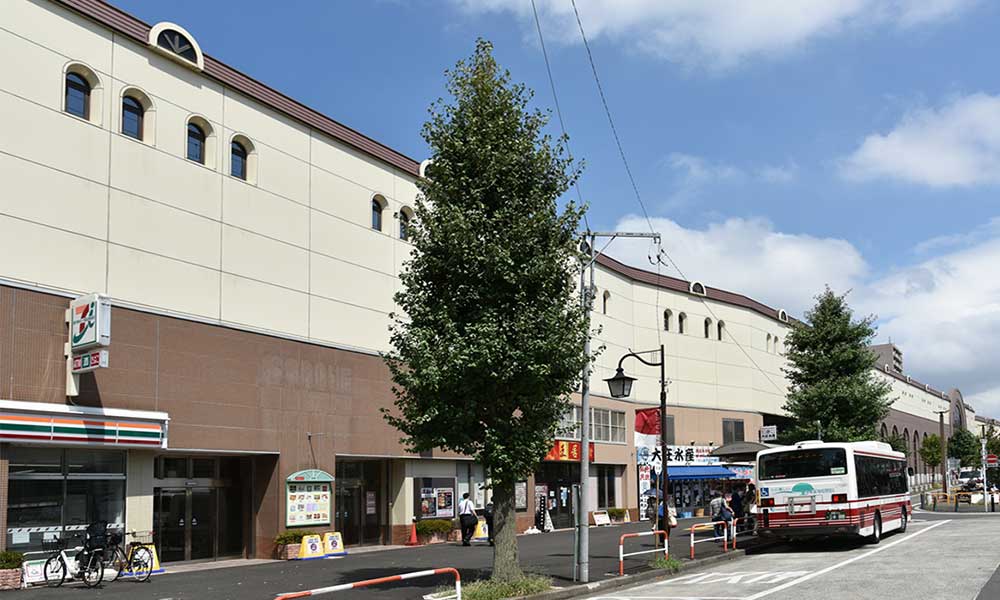
Komae City is conveniently located by train and is safe for both cars and bicycles.
There is one line and two stations in Komae City. It takes about 45 minutes to get from the station to Tokyo Station and about 24 minutes to get to Shinjuku Station.
| Izumi Tamagawa Station | Odakyu Odawara Line |
| Komae Station | Odakyu Odawara Line |
Odakyu Bus and Keio Bus are the bus companies that operate within Komae City.
You can also use the community bus “Koma Bus” that travels around the city’s major facilities.
There are no expressways or national highways that can be accessed from Komae City.
There are a wide variety of bus routes available to various destinations.
The only train service is the Odakyu Line, which makes it inconvenient to find alternative transportation when delays occur.
How are the rent and land prices in Komae City?
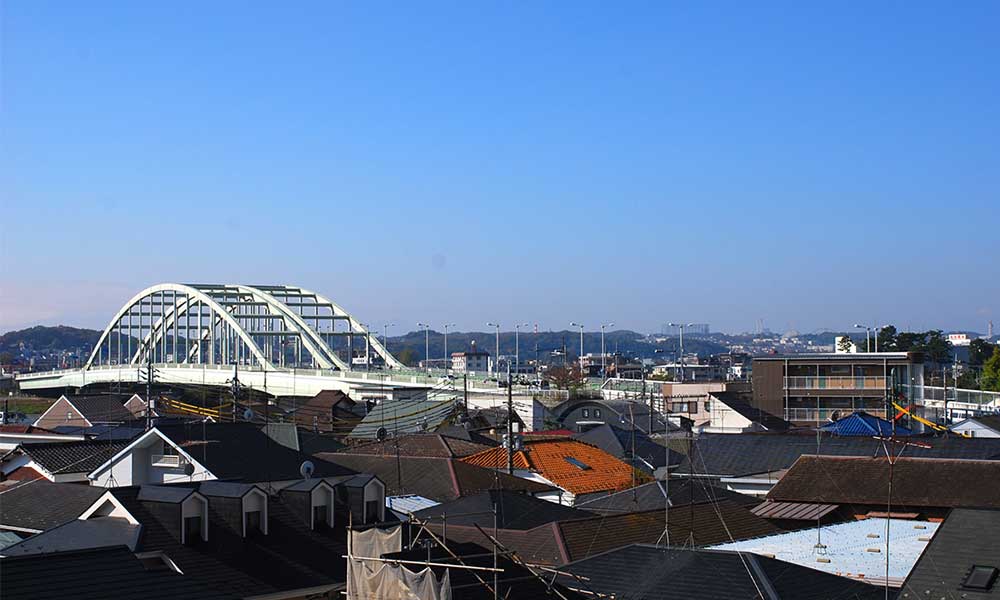
Komae City: A city where quiet residential areas and nature coexist in harmony
According to information from a real estate information site, the average rent in the city for a newly built apartment within a 10-minute walk from the station is about 75,000 yen for a 1K and 122,000 yen for a 2DK.
The average land price is about 1.14 million yen per tsubo.
The average price of a newly built apartment is 54.61 million yen, the average area is 64.94 m2, and the average price per tsubo is 2.78 million yen per tsubo. (As of 2018-2022)
Komae City is a popular area with many quiet residential areas, and it has a quiet environment but good access to the city center.
The city is the second smallest city in the country, and proportionally, its population density is high, making it the third largest in Tokyo.
Due to the increase in demand in recent years, land prices, condominiums, and rental prices have been on the rise, indicating that it is a popular area.
In recent years, the population has been increasing due to the construction of condominiums, especially around the station, and prefabricated houses, and the population density is likely to increase further.
There are many residential areas and most of the areas are safe.
Property prices have risen in recent years, so it’s best to think carefully about when to buy.
How is childcare and education in Komae City?
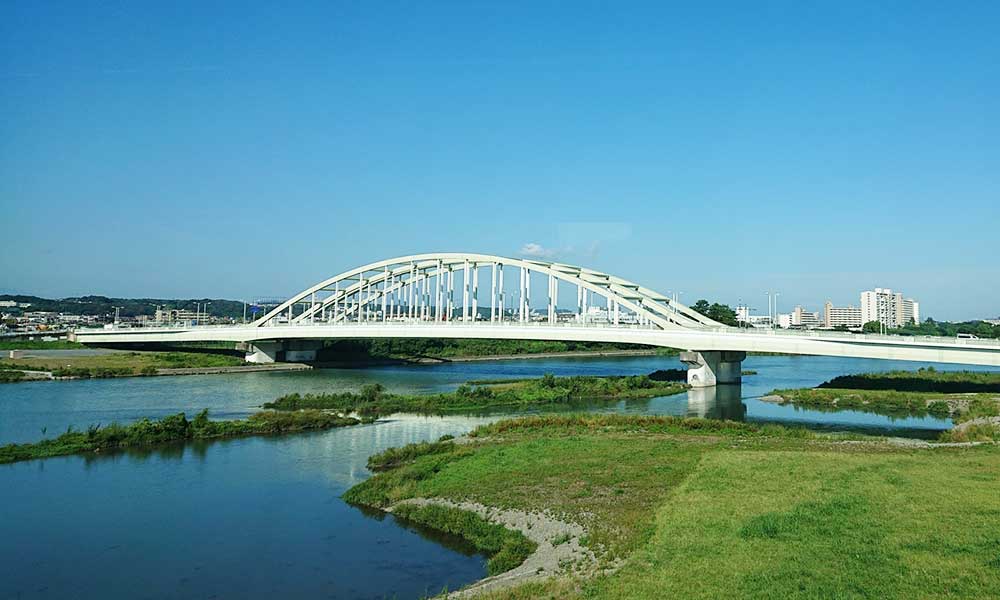
Komae City: A city with ample childcare support and park use
Komae City has 11 nurseries, 3 kindergartens, 6 elementary schools, 4 junior high schools, 1 high school, and 1 vocational school.
Children’s medical expenses subsidies are available for both outpatient and inpatient care under the “Infant and Child Medical Expense Subsidy System” (until the first March 31st after reaching age 6) and cover the full cost of care. Children between the ages of 7 and 18 under the “Compulsory Education Children’s Medical Expense Subsidy System” and the “High School Student Medical Expense Subsidy System” (until March 31st after they reach the age of 18) are eligible for a subsidy of up to a maximum of 200 yen per visit from the self-pay amount for insured medical treatment, and full subsidies for prescription medication, hospitalization, and home care visits.
Child allowances are provided in the following amounts: 15,000 yen for children under 3 years old, 10,000 yen for the first and second child aged 3 or older but not yet entering elementary school, 15,000 yen for the third child and onwards, and 10,000 yen for junior high school students.
Komae City also has its own comprehensive support system.
The “Komae City Childbirth and Childrearing Support Subsidy Program” provides financial support, such as interviews by specialized staff and home visits after childbirth to provide childrearing advice and information, to alleviate anxiety during pregnancy, as well as childbirth support benefits (equivalent to 50,000 yen) and childrearing support benefits (equivalent to 50,000 yen).
The eight “Baby Furatto” facilities in the city are set up so that you won’t have to worry about where to breastfeed or change diapers when you’re out and about. They are private rooms, so you can use them as a space where you can spend time with your baby in peace.
“Komae Family by Mother and Child Mo,” which began operation in April 2023, is a convenient app that uses the functions of a maternal and child health handbook to manage your baby’s vaccination schedule and record health data, and also provides information on child-rearing from the city.
There is also a wide range of support for elementary school students.
The After-School Child Health Development Project provides a safe place for children to spend their after-school time when their parents are not around due to work, by setting up after-school daycare centers, elementary school clubs, and after-school clubs, and is a support system in which specialized staff members watch over children until a set time.
In addition, the KoKoA (After-School Children’s Classroom) allows elementary school children to play freely after school at all elementary schools in the city. Unlike after-school clubs, this system allows each child to come and go as they please, and it is also used as a place for children of different grades to interact at the same time.
There is comprehensive support for child-rearing, and efforts are also being made to eliminate the waiting list for childcare.
There are few high schools and universities in the city, so commuting to school can take a long time and education costs can be high.
How about shopping in Komae City?

Komae City: A city with an abundance of local shopping streets and supermarkets
There are no large commercial facilities or department stores in Komae city, but there are supermarkets, drug stores, shopping streets, etc., mainly in front of the station, so you will have no trouble buying daily necessities.
There are about six supermarkets in the city, including Keio Store and Inageya.
In addition, “ECORMA”, located just a short distance from Komae station, is a complex building where you can purchase supermarkets, clothing, household goods, etc., and there is also a concert hall on the upper floors, making it a convenient facility for shopping and leisure.
There are plenty of stores to buy daily necessities, including supermarkets and drug stores.
There are no large shopping malls or department stores, so you will need to travel to a nearby town.
How about jobs and recruitment in Komae City?
Komae City is an attractive city with a wide variety of industries and easy access to the city center.
The average annual salary in Komae City is 4.17 million yen.
The majority of the city is made up of residential areas, and there are not many areas with a high concentration of companies and factories. However, there are a number of manufacturing companies, such as those in the machinery and printing industry, and small and medium-sized enterprises scattered around, so there are a certain number of job openings.
In addition, there are retail businesses and restaurants around the station, so you can expect to find jobs in sales, customer service, and food and beverage.
This is the perfect environment for those who want to work in a quiet residential area.
There are no large factories or companies, and there tend to be fewer job openings than in the surrounding areas.
Komae City, Tokyo’s unique subsidy/subsidy system
Komae City, Tokyo’s unique housing assistance and subsidy system
Komae City, Tokyo’s unique childcare support system
Komae City, Tokyo’s unique system for further education and tuition assistance/subsidies
| School attendance assistance expenses/Special needs education attendance encouragement expenses Loan Program to Support Exam Takers |


















